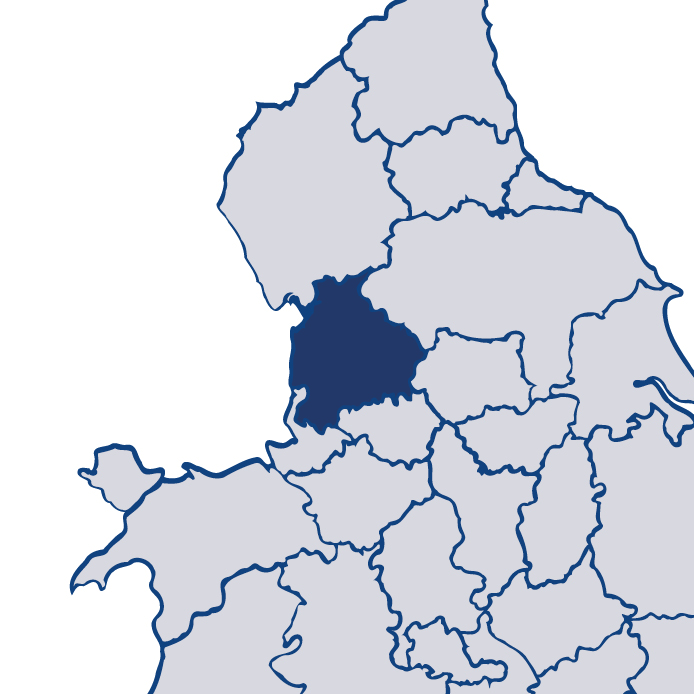Lancashire 2017
Read more about LancashireThis is HMICFRS’ fourth PEEL (police effectiveness, efficiency and legitimacy) assessment of Lancashire Constabulary. PEEL is designed to give the public information about how their local police force is performing in several important areas, in a way that is comparable both across England and Wales, and year on year. The assessment is updated throughout the year with our inspection findings and reports.
The extent to which the constabulary is effective at keeping people safe and reducing crime is good.
The extent to which the constabulary is efficient at keeping people safe and reducing crime is good.
The extent to which the constabulary is legitimate at keeping people safe and reducing crime is good.
HMI's observations
Read my assessment of Lancashire Constabulary below.
I am pleased with the performance of Lancashire Constabulary in keeping people safe and reducing crime. However, the constabulary needs to improve in some areas to provide a consistently good service.
It has a clear commitment to protecting vulnerable people, but needs to do more to provide all vulnerable people with an effective service. Our 2017 child protection inspection made recommendations for the constabulary to improve how it protects children from harm.
I continue to have concerns about the constabulary’s crime recording where, in many areas, there is much more to be done.
The constabulary has improved its understanding of the complex demands for its services and has prudent financial plans to meet these demands.
While the constabulary treats the public with fairness and respect, it needs to develop the ability of its managers and supervisors to support the workforce.
I commend Lancashire Constabulary for maintaining the overall standard of its performance and I look forward to seeing improvements in the areas we have identified in our 2017 reports.
Effectiveness
How effective is the force at keeping people safe and reducing crime?
Efficiency
How efficient is the force at keeping people safe and reducing crime?
Legitimacy
How legitimate is the force at keeping people safe and reducing crime?
Other inspections
How well has the force performed in our other inspections?
In addition to the three core PEEL pillars, HMICFRS carries out inspections of a wide range of policing activity throughout the year. Some of these are conducted alongside the PEEL inspections; others are joint inspections.
Findings from these inspections are published separately to the main PEEL reports, but are taken into account when producing the rounded assessment of each force's performance.






